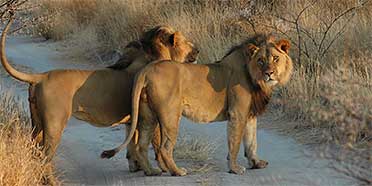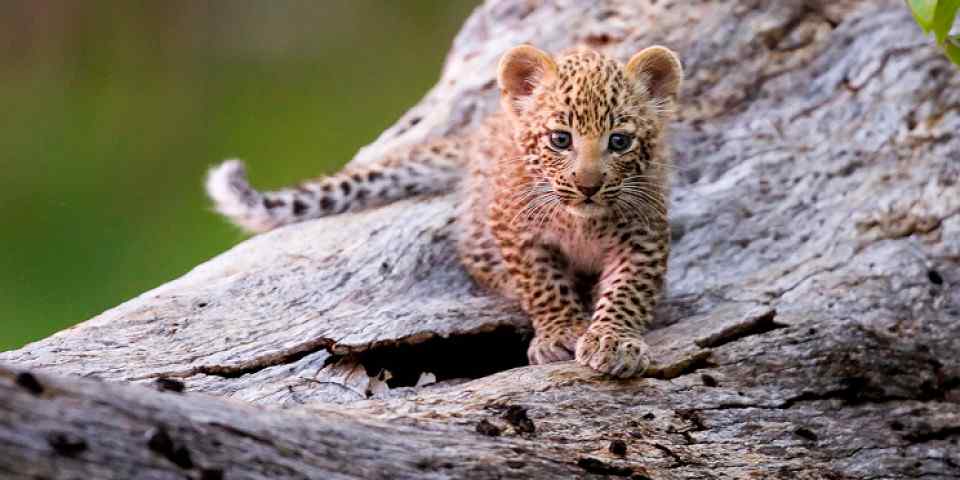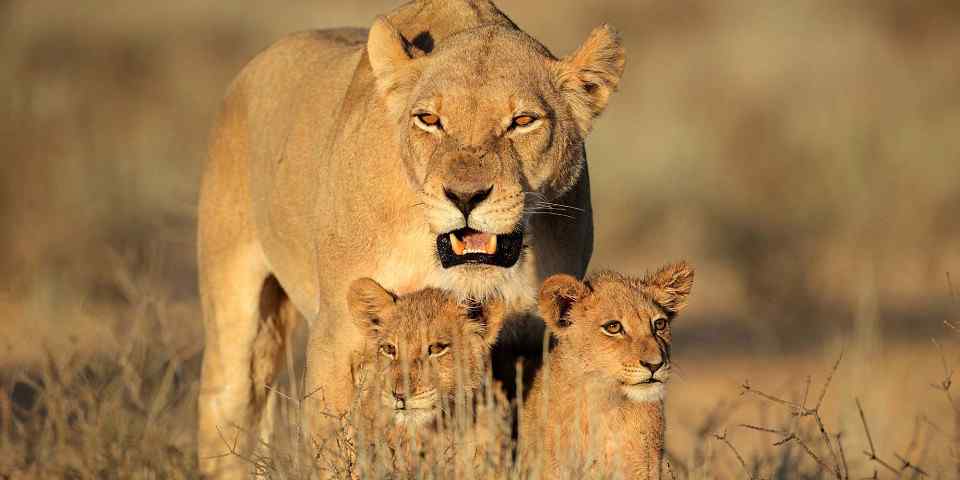
Safari Tours to Central Kalahari GR
-
![7-Day Botswana and Victoria Falls Luxury Tour]()
7-Day Botswana and Victoria Falls Luxury Tour
$5,151 to $5,868 pp (USD)
Botswana & Zimbabwe: Private tourLuxuryLodge & Tented Camp
You Visit: Maun (Start), Central Kalahari GR, Okavango Delta, Victoria Falls, Victoria Falls Airport (End)

Wayfairer Travel
4.8/5 – 172 Reviews
-
![10-Day Best of Botswana - Kalahari to Delta Fly-in Safari]()
10-Day Best of Botswana - Kalahari to Delta Fly-in Safari
$13,286 pp (USD)
Botswana: Private tourLuxury+Tented Camp
You Visit: Maun (Start), Central Kalahari GR, Moremi GR (Okavango Delta), Okavango Delta, Maun (End)

Viatu
5.0/5 – 64 Reviews
-
![4-Day Central Kalahari Game Reserve and Nxai Pan]()
4-Day Central Kalahari Game Reserve and Nxai Pan
$1,714 pp (USD)
Botswana: Private tourBudgetCamping
You Visit: Maun (Start), Central Kalahari GR, Nxai Pan NP, Maun (End)

Shipungo Safari & Tours
4.9/5 – 83 Reviews

 Botswana Parks
Botswana Parks















